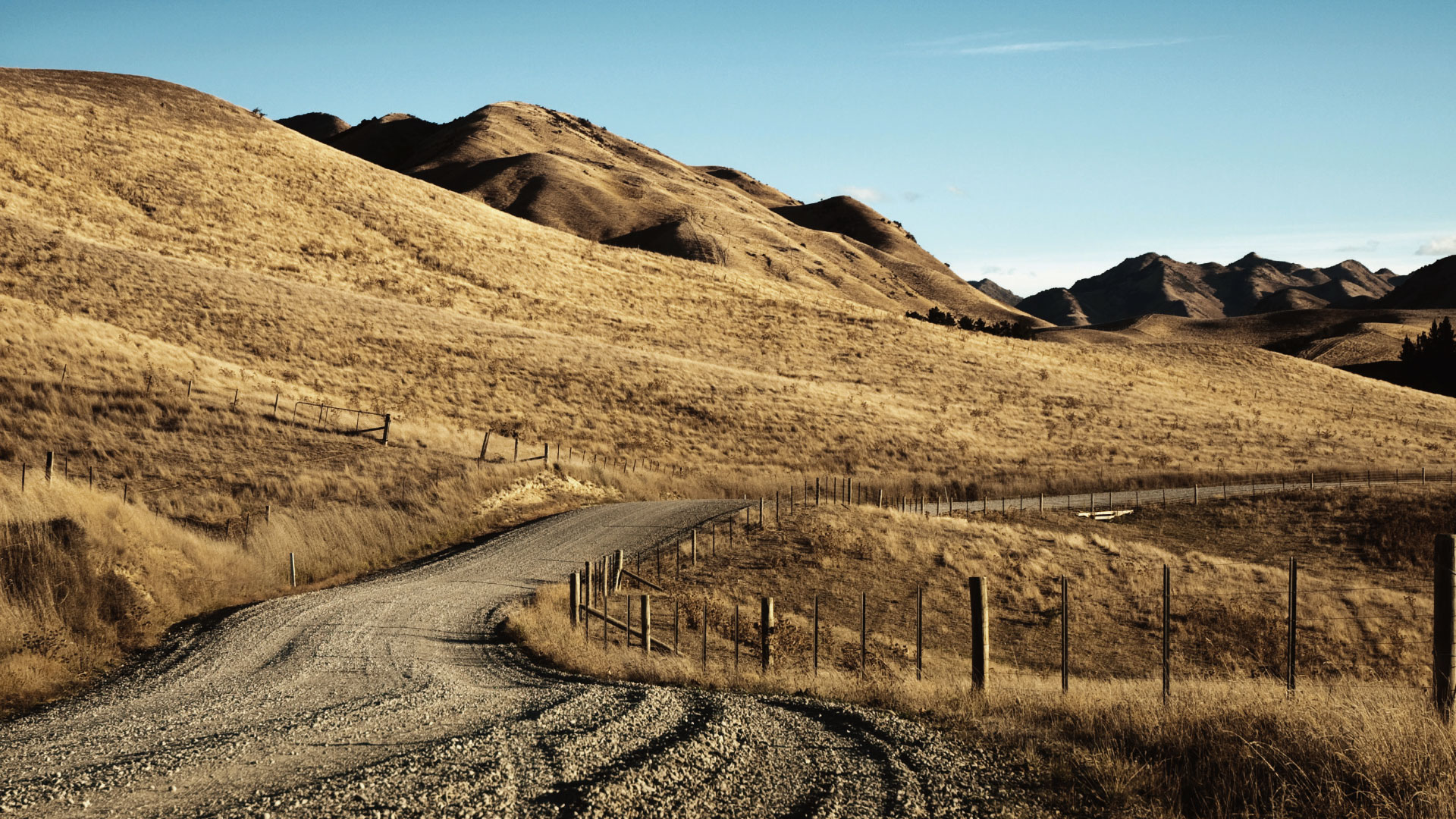Resources
Here are links to some of our favourite, and useful New Zealand webinars we often refer to for building knowledge around all things rivers.
Preparing for El Niño
Forecasters have confirmed the arrival of the El Niño weather pattern in Aotearoa New Zealand. It may become stronger later this year and last into 2024.
Every El Niño is different. This means it’s hard to predict its impact on our climate and weather.
However, during El Niño, New Zealand generally experiences stronger or more frequent winds from the south-west in spring and west in summer. El Niño can bring increased risks of drought and water scarcity, wildfire, heat-related human and animal health concerns, along with flooding.
It’s important to have a plan and to be prepared.
The bioreactor virtual tour. Stop 1. Meet Dave at the start of the tour
Watch the introductory video of soil scientist David Horne to understand how the context of the farm informs the reasons for building a bioreactor. Learn how bioreactors help mitigate the risks of nitrate/nitrogen leaching
Stop 2. Edge of field practices
Ranvir introduces the importance of edge of filed practices such as bioreactors. Learn how the need to remove excess water from the soil profile is good for optimum growing and grazing conditions, but also creates new problems.
Ranvir explains how new water flow pathways are created. Where nitrate/nitrogen is carried with the water ways, and how bioreactors are a good solution for this problem
Stop 3 (farm drainage)
Soil Scientist Dave Horne explains reducing contaminant loss from farm systems and how the farms drainage system works.’
Learn how the farm’s soil type and tile drainage system make an ideal combination for an edge of filed mitigation practice such as a bioreactor.
Step 4 Design of the Bioreactor
Research Office Fernando Avendano explains what determined the location and design of the bioreactor.
Learning how monitoring streams on a farm can indicate where the biggest values of nitrate/nitrogen are located in a catchment and how this helps determine the location and size of the bioreactor.
View Stop 5 for the location of the bioreactor
The site for the bioreactor is carefully chosen so that water runoff naturally flowing toward the sump, is directed into the bioreactor, and filtered for nitrate/nitrogen before it is released off the farm. Click through the images of the bioreactor to see how it fits into this location.
Stop 7 Results of the bioreactor
Associate Professor Ranvir Singh highlights the bioreactors effectiveness in reducing contaminant loss in waterways. Watch the results as he shares the information in graphs and numbers.
Learn how information can be gathered to determine if a bioreactor is needed, and how many bioreactors might be needed in a catchment area to reduce the environmental farming foorprint in New Zealand landscapes
Meet farmer Mark Burke at Stop 8
Farmer Mark Burke who visited the bioreactor on the farm at one of the Catchment Solutions field days. Mark discusses how he found the tour of the bioreactor and what impact the visit has had on his thinking around this mitigation practice for his own farm
Final Stop Summary
Ranvir sums up the effectiveness of bioreactors and answers questions such as:
Is it worth it to build a bioreactor?
Are bioreactors effective?
How many bioreactors would be needed to be effective in a catchment
Introduction to River Ecology
In this webinar we’ll follow a river from the mountains to the sea: What do you find in a small stream close to a spring? What changes when the river grows with tributaries joining? What’s special about the wide, braided river before it meets the sea? Meet the in-stream community: plants, invertebrates and fish, and why they can tell us about what’s happening in their environment. And finally: how do our activities on land change the aquatic environment?
Impact of river management on river bird habitat
New Zealand’s rivers provide crucial breeding habitat for a number of threatened bird species, many of which are found nowhere else on earth. In this webinar we will introduce you to some of the unique bird species that call our rivers home and discuss both the positive and negative impacts that river management activities can have on these species. We will present examples of initiatives being undertaken around the country to maintain or improve river bird habitats in the context of flood mitigation or gravel extraction activities, and will discuss additional work that could be carried out in the future to further improve on these efforts.
Tools that Regional Councils use to measure ecological health
How can you tell if a stream is healthy? Often, the first question that comes to mind is: Is the water clean? But chemical water quality is only one part in complex aquatic ecosystems where everything is interdependent: Plants and animals, habitat, chemical, physical and biological processes and connectivity to land and groundwater are all important components of stream ecosystems and determine if they are healthy and support a resilient and healthy community of plants and animals. How is ecological health measured and what are our obligations under the NPSFM?
Mitigation of River Engineering on river ecology
This webinar will discuss the potential ecological impacts of river engineering (for flood control) and pair these impacts with potential actions to minimise and / or mitigate instream ecological impacts. This session will draw on the general river management literature and reflect on my recent experience in the Hawkes Bay region. Here I was involved in developing an ecological monitoring plan, with HBRC, to help manage the potential ecological effects of gravel management in the braided rivers of the Heretaunga plains.
Impacts of River Engineering on Ecological Health
This webinar will explore how drain maintenance practices alter stream habitat and affect instream life—with a focus on freshwater fish and discuss a 10-year fish and habitat monitoring programme in Waituna Creek (Southland), which captured a major stream bank reconstruction initiative and a restoration project that included installing two-stage channels and instream habitat structures. discuss an ambitious project in the Ararira-LII River (Canterbury plains), that aims to reimagine catchment drainage by consolidating and scaling-up various alternative ecosystem friendly drainage management methods to an entire lowland catchment.
Estuarine Ecology
Estuaries are coastal waterbodies where freshwater meets the ocean. They host a diversity of flora and fauna, act as conduits for migratory species, and are transition zones where transformations of energy and matter occur. In addition to their ecological importance, estuaries are places of significance for the people of Aotearoa, delivering substantial economic and cultural value. This talk will review key ecological functions in estuaries and how they translate to goods and services that we value. The influence of land-based contaminants delivered to estuaries via freshwater and the difficulties of managing these ecosystems will also be covered.

